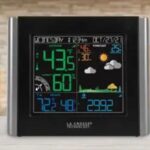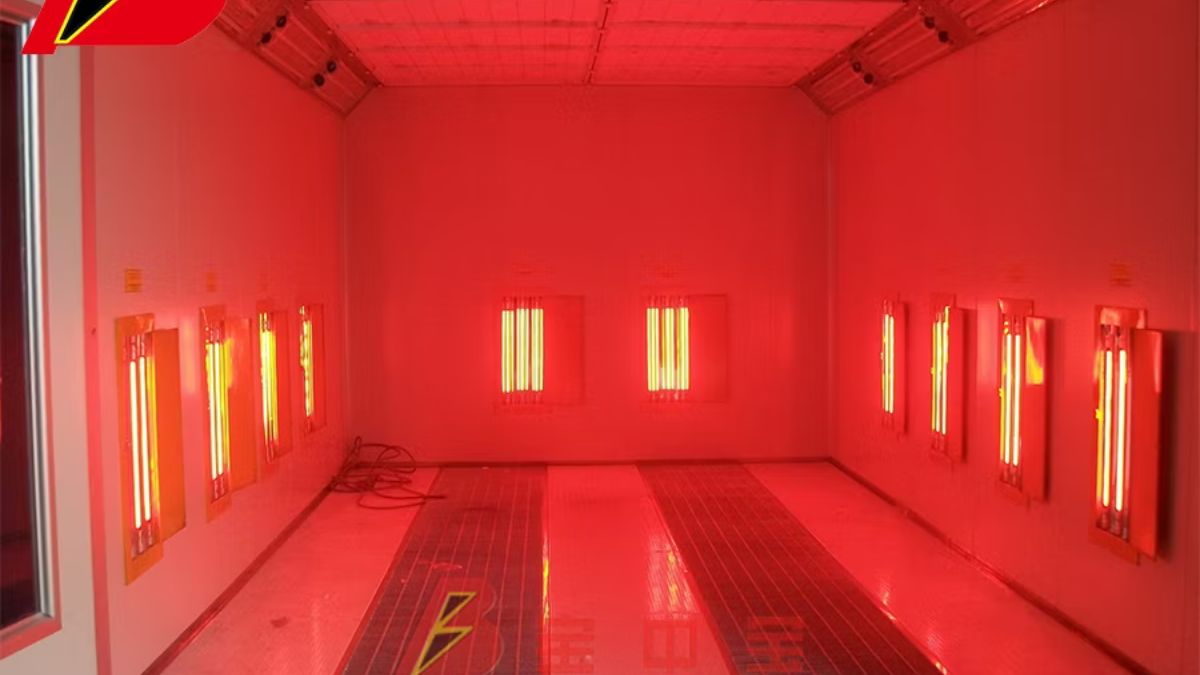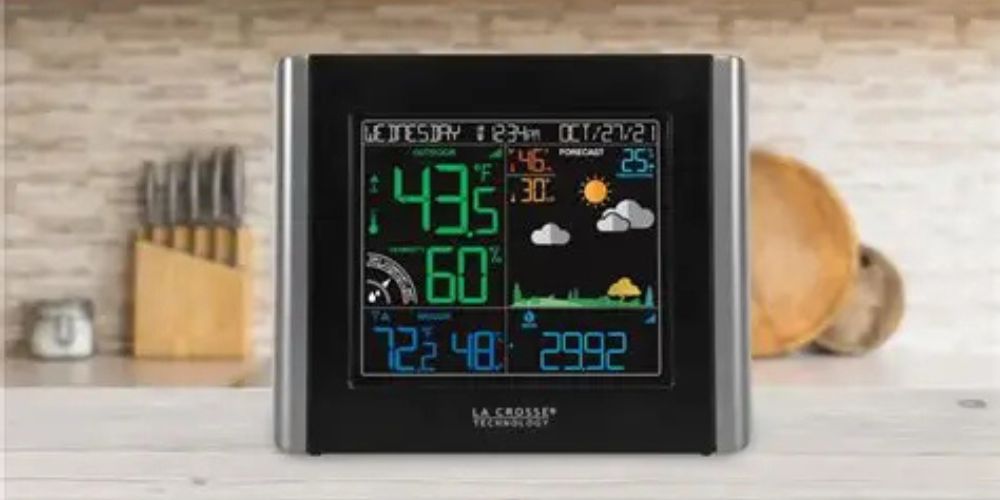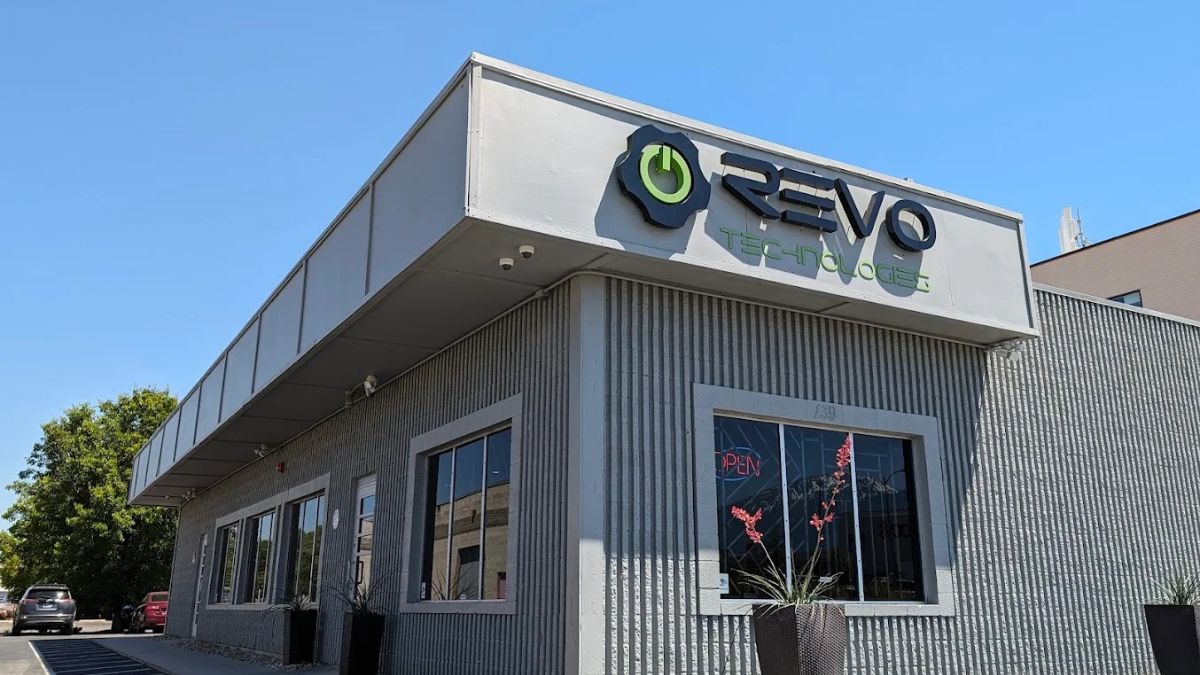Some folks still think infrared heating is too fancy or complicated for everyday use in an industrial paint booth. The truth? It’s a smart tool that’s more common—and more useful—than people realize. Let’s break down some of the biggest myths and set the record straight.
Infrared Systems Are Not Limited to Specialized Applications
It’s easy to assume infrared heating only works for super-specific or high-end projects. People often picture it used in exotic car paint jobs or niche manufacturing. But infrared (IR) systems are actually used across all kinds of industries—automotive, aerospace, furniture, and even farming equipment. The heat it provides works with metal, plastic, wood, and composite materials, making it much more versatile than people think.
In a modern industrial paint booth, infrared heating isn’t about luxury—it’s about speed, quality, and control. Whether curing a quick-dry primer or baking a final finish, IR systems handle the job efficiently. Companies of all sizes use them to speed up production without sacrificing results. The myth that it only fits rare or complex jobs keeps businesses from seeing how accessible it really is.
Maintenance for IR Equipment Isn’t as Complex as Rumored
People sometimes shy away from infrared systems because they think the maintenance is too tricky or expensive. In reality, IR systems are usually easier to maintain than traditional hot-air systems. They have fewer moving parts and don’t rely on filters or blowers that need constant cleaning. Most infrared components just need occasional checks and basic cleaning to stay in great shape.
Compared to older systems, infrared setups in an industrial paint booth don’t create as much overspray buildup or clog airways. That means fewer unexpected breakdowns and less downtime. And if something does go wrong? The parts are often modular and easy to replace. Once you understand the system, maintaining it is straightforward—definitely not the headache people make it out to be.
Uniformity of Heat Distribution with IR is Often Underestimated
A common belief is that infrared heating creates uneven temperatures, leaving some areas too hot and others not warm enough. That might’ve been true years ago, but not anymore. Today’s infrared panels are designed to spread heat evenly across surfaces. Whether it’s a flat panel or a curved fender, the technology can direct heat exactly where it’s needed.
Uniform heat is especially important in an industrial paint booth because it affects how coatings dry and bond. When temperature varies across the part, the finish can peel, bubble, or dry unevenly. With properly placed infrared emitters, paint jobs come out smooth and consistent every time. Skipping infrared because of this outdated myth just means missing out on reliable results.
Infrared Paint Booths Are Compatible with Most Coating Types
Some folks believe infrared curing only works with specific kinds of paint. While it’s true that curing times vary, IR systems can be adjusted to match the needs of nearly every coating out there. From water-based primers to high-solids topcoats, infrared heat can be tuned to get the job done without damaging the finish or the substrate.
Infrared is especially useful for newer, eco-friendly coatings that require controlled heating to cure properly. In many industrial paint booth setups, operators can even fine-tune heat intensity and exposure time for different layers of coating. That kind of flexibility makes IR booths a great fit for shops using multiple products across different parts and materials.
Energy Consumption Concerns About IR Booths Are Frequently Overblown
There’s a rumor that infrared heating systems burn through electricity and drive-up costs. But that doesn’t hold up when you look at real usage. Infrared systems heat only what needs to be cured—not the entire booth or air volume. That means less energy is wasted heating empty space. In fact, many operations sees lower overall energy use when switching to IR curing.
Because the heat is focused and quick, infrared systems spend less time running than conventional systems. And since they don’t have large blowers or air circulation fans running nonstop, they require less power to operate. In the long run, the energy savings from faster curing cycles and focused heating make infrared a cost-effective option for any industrial paint booth.
Infrared Curing Can Significantly Reduce, Not Extend, Production Times
People sometimes think that curing with infrared takes longer, but that couldn’t be further from the truth. Infrared systems heat up instantly and can cure coatings in a fraction of the time it takes for hot air to do the same. There’s no need to wait for an oven to reach temperature, and once it’s on, IR heat goes straight to the part’s surface.
This speed matters in busy production environments where every minute counts. IR systems allow for shorter bake times and faster turnaround, which means more parts finished in a single shift. And because infrared heat doesn’t require extended ramp-up or cool-down periods, there’s less downtime between jobs. Instead of dragging out the schedule, an infrared-equipped industrial paint booth helps keep the workflow moving fast and smooth.











